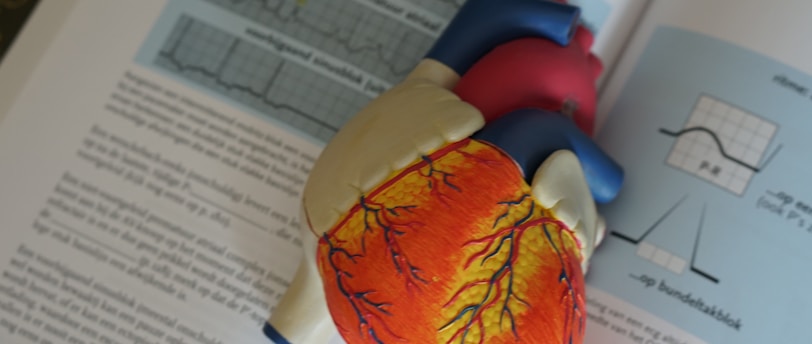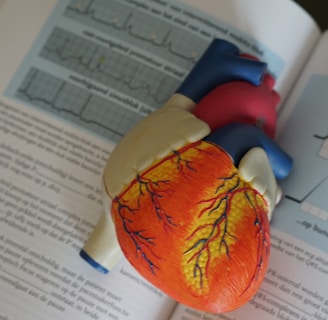10 Must-Have Forms for Home Health Nurses in the Field
Discover the 10 must-have forms every home health nurse needs in the field to ensure patient safety, compliance, and quality care. Learn how SummitRidge Consulting can help your agency streamline documentation and survey readiness.


Home health nurses work in dynamic environments, often outside the structure of a traditional healthcare facility. Documentation is the cornerstone of safe, compliant, and effective care. Having the right forms readily available ensures that nurses capture critical patient information, meet regulatory requirements, and provide continuity of care.
In this article, we’ll walk through 10 must-have forms every home health nurse should carry in the field. These forms not only streamline daily tasks but also protect both the nurse and the agency from compliance risks.
1. Patient Intake and Admission Form
This is the first touchpoint for care. It captures demographic information, emergency contacts, payer sources, and insurance details. Without a complete intake form, future documentation may be incomplete, leading to gaps in care coordination and billing issues.
2. Comprehensive Assessment Form
Aligned with Medicare’s Conditions of Participation (CoPs), this form gathers baseline health status information. It covers vital signs, medical history, functional status, psychosocial needs, and risk assessments (e.g., fall risk, pressure injury risk). A thorough assessment sets the foundation for the patient’s individualized plan of care.
3. Plan of Care (POC) Form
The POC outlines interventions, goals, frequency of visits, and measurable outcomes. It must be approved by the physician and updated regularly. Without a properly documented POC, agencies risk noncompliance during audits and surveys.
4. Skilled Nursing Visit Note
Visit notes are the backbone of day-to-day documentation. They detail assessments, interventions, education provided, and the patient’s response. Notes must reflect the clinical necessity of each visit and tie back to the POC. This form also provides legal protection in case of disputes.
5. Medication Reconciliation Form
Medication errors are one of the biggest risks in home health. A reconciliation form lists all medications—prescribed, OTC, and supplements—along with dosages, routes, and times. This ensures accuracy across transitions of care and helps identify duplications or interactions.
6. Consent and Acknowledgment Forms
These include HIPAA acknowledgment, patient rights and responsibilities, consent to treat, and financial agreement forms. They protect the agency legally while ensuring patients understand their rights and obligations.
7. Wound Care and Treatment Form
For patients with wounds, a structured form is essential to track wound location, measurements, appearance, drainage, and dressing changes. Consistent wound documentation supports healing progress, prevents infection, and demonstrates skilled need for continued care.
8. Emergency Preparedness Form
Under CMS’s Emergency Preparedness CoPs, agencies must document patient-specific emergency plans. This form includes evacuation procedures, emergency contacts, medical needs during disasters, and backup plans for care.
9. Discharge Summary Form
When a patient is discharged—whether due to recovery, transfer, or other reasons—a discharge form documents final status, services provided, progress toward goals, and follow-up instructions. It ensures a smooth handoff to the next level of care or the patient’s family.
10. Quality Assurance / Incident Report Form
Unexpected events—such as falls, medication errors, or equipment malfunctions—require immediate reporting. Incident report forms not only help agencies meet compliance standards but also provide opportunities for quality improvement.
Why These Forms Matter
Each of these forms serves a dual purpose: ensuring safe, high-quality patient care while keeping agencies compliant with Medicare, state, and federal regulations. Well-maintained documentation protects nurses, agencies, and patients alike.
Carrying these forms in paper or digital format ensures nurses are prepared for any situation in the field. Agencies that standardize these forms reduce errors, streamline audits, and create consistency across staff.
Documentation is more than paperwork—it’s patient safety, compliance, and continuity of care. By equipping your nursing staff with these 10 essential forms, you not only safeguard your agency but also elevate the quality of care delivered at home.
At SummitRidge Consulting, we specialize in helping home health agencies build compliant, survey-ready systems—including the development and customization of documentation tools like these forms. If your agency needs guidance in form creation, workflow integration, or survey preparation, reach out to our team for expert consulting support.


